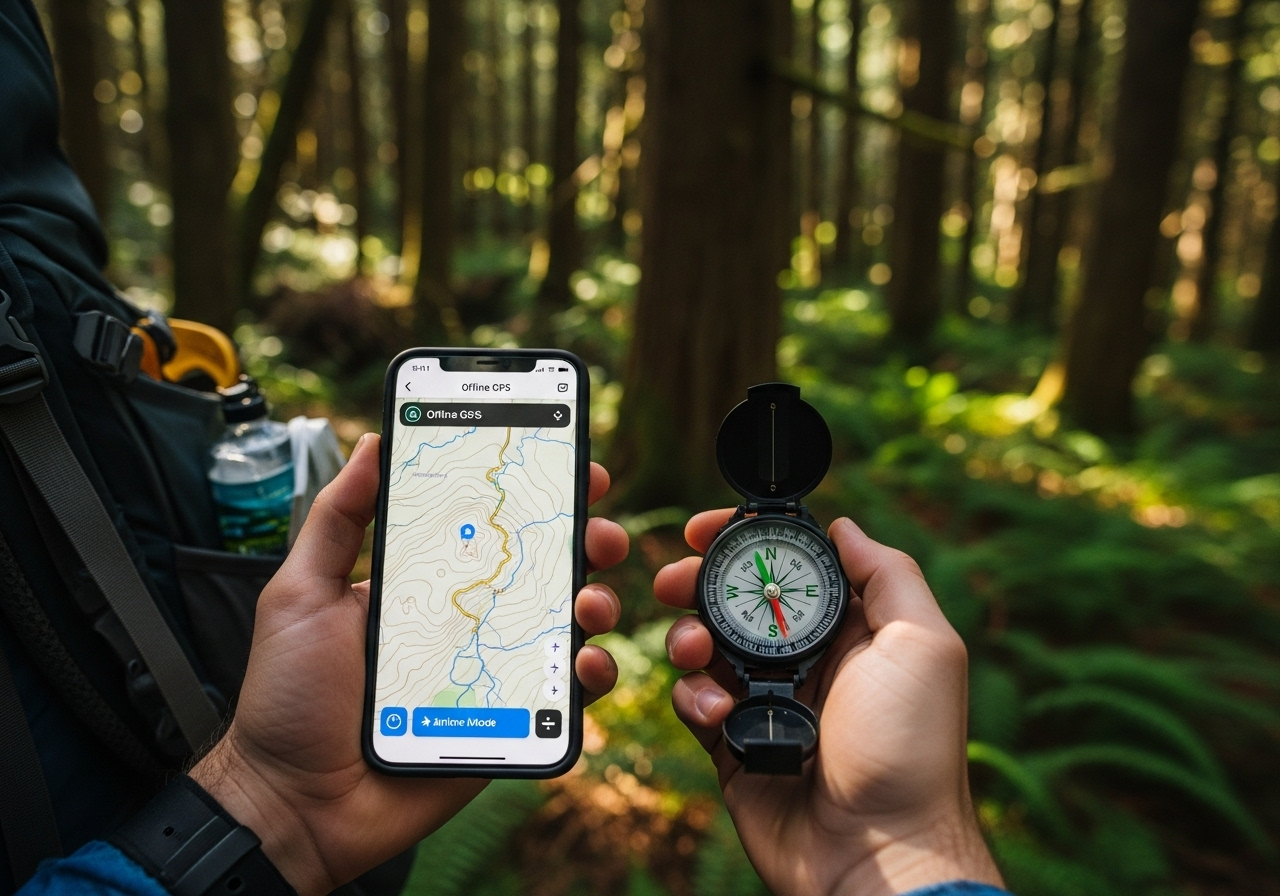How to Stay Connected While Traveling Off the Grid
Emerson Gray
2025-09-15
6 min read
Venturing into remote landscapes, far from the constant hum of city life and digital notifications, offers a unique sense of freedom and adventure. The idea of going "off the grid" is a powerful draw for those looking to reconnect with nature and themselves. However, disconnecting completely isn't always practical or safe. Maintaining a link for emergencies, navigation, or peace of mind for loved ones is crucial. Fortunately, modern technology provides reliable ways to stay connected even when you're miles from the nearest cell tower.
This guide will explore practical strategies and tools to help you balance the solitude of remote travel with the security of essential communication. You can explore with confidence, knowing you have a lifeline when you need it most.
Beyond Cell Service: Embracing Satellite Technology
When your smartphone shows "No Service," satellite communication devices become your best friend. These gadgets operate independently of terrestrial cell networks, connecting directly to satellites orbiting the Earth. This makes them a reliable option for communication in the most remote corners of the globe, from mountain peaks to vast deserts.
One popular option is a satellite phone. While once bulky and expensive, modern versions are more portable and accessible. They allow you to make and receive calls and text messages from almost anywhere. For most travelers, however, a satellite messenger or personal locator beacon (PLB) is a more practical choice. Devices like the Garmin inReach or the ZOLEO Satellite Communicator let you send and receive text messages, track your location via GPS, and, most importantly, trigger an SOS signal in a life-threatening emergency. This signal is sent to a 24/7 global emergency response coordination center, ensuring help can be dispatched to your exact location.
Navigate with Confidence: The Power of Offline Maps
Getting lost is a genuine risk when exploring remote areas. Relying solely on cellular-based navigation apps is a common mistake that can have serious consequences. Before you lose service, you should download detailed maps of your intended area for offline use. This is a simple but vital step for safe travel. Applications like Google Maps, AllTrails, and Gaia GPS allow you to select and save large map areas directly to your device. This means you can still see your location via your phone's built-in GPS and navigate trails or roads without needing an internet connection. For an even more reliable backup, carrying a physical, waterproof map of the region and a compass is a timeless and foolproof method. Learning basic map-reading and compass skills is an invaluable investment for any off-grid adventurer.

Plan for Downtime: Pre-Download Your Entertainment
Being off the grid often means long evenings at a campsite or downtime during bad weather without access to streaming services. To keep yourself entertained, plan ahead by downloading content before you leave home. This helps conserve the battery on your essential communication devices for when you truly need them. Most major streaming platforms, including Netflix, Spotify, and Audible, allow you to download movies, playlists, and audiobooks for offline viewing and listening. Load up a tablet or your phone with a variety of options to suit different moods. Bringing a physical book or a deck of cards is another great, battery-free way to pass the time and fully embrace the disconnected experience.
Safety First: Share Your Itinerary and Plan Check-Ins
One of the most important aspects of staying safe off the grid has nothing to do with technology. Before you depart, create a detailed itinerary and share it with a trusted friend or family member. This document should include your planned route, expected campsites or lodging locations, and estimated timelines for each leg of your journey. Crucially, you should also establish a check-in schedule. This could be a simple "I'm okay" message sent via your satellite device at a pre-arranged time each day or every few days. Your emergency contact should know what to do if you miss a check-in, such as waiting a certain period before contacting authorities. This simple plan ensures that if something goes wrong, someone knows where you are supposed to be and can initiate a search and rescue effort efficiently.
Managing Your Power Supply
All these high-tech devices are useless without power. Managing your battery life is a critical skill for off-grid travel. Turn off non-essential notifications, lower your screen brightness, and put your devices in airplane mode when you're not actively using them for communication or navigation. To recharge, invest in a portable power bank or a solar charger. A quality power bank can recharge a smartphone several times, while a portable solar panel can keep your devices topped up during sunny days. Test your power setup before your trip to understand its capacity and charging speed, ensuring it meets the demands of your planned journey.
Exploring the wild, untethered from the digital world, is a rewarding experience. By preparing with the right tools and strategies—from satellite messengers to offline maps—you can enjoy the solitude and beauty of remote destinations responsibly. This foresight allows you to disconnect with peace of mind, knowing that help and connection are available when it matters most.
